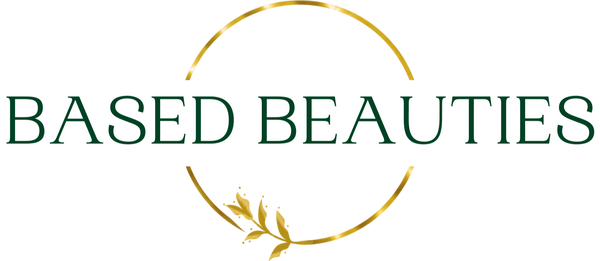The History of Chewing Gum
This is part 1 of a 3-day series on the history of gum—and why it still matters today.
It’s all about the history of gum, how it got corrupted, and why the kind you chew actually matters more than you think.
Because gum isn’t just gum.
It’s one of the oldest human habits. And if you trace the story of chewing from the beginning to today, you’ll see something pretty wild: a shift from something natural, beneficial, and almost sacred… to something plastic, flavoured, and hollow.
So let’s start at the beginning.
The First Chewers
Long before neon-wrapped packs of Big Brand Gum lined gas station counters, people were chewing.
And not for boredom or bubble tricks… chewing was practical.
The Greeks were some of the earliest gum-chewers we know about. They used mastic resin, the sap of the Pistacia lentiscus tree, to freshen their breath, clean their teeth, and support digestion.
This wasn’t some fad. It was part of daily life, an old-world ritual that carried health benefits.
They weren’t the only ones.
The Mayans chewed chicle, the sap of the sapodilla tree, as both a hunger suppressant and a dental cleanser.
Ancient Scandinavians chewed birch bark tar, which scientists now know contains antibacterial properties.
Notice the theme? Gum wasn’t “junk.” It was pulled from nature. It did something.
Why Chewing Was Normal
Think about it. For thousands of years, chewing served a purpose.
- It cleaned your mouth.
- It eased your stomach.
- It gave your jaw muscles real work.
It wasn’t about sugar rushes or bubble contests. It was about health, survival, and function.
Chewing gum was as natural as eating fruit or walking in the sun. Nobody thought twice about it.
What Happened?
Over time, traditions shifted. As trade spread, so did different resins and gums.
Some were sticky, some bitter, some sweet. Eventually, “gum” evolved from a natural resin into something closer to a sweet treat.
But here’s the important part: until very recently in human history, chewing was still rooted in nature. If you put something in your mouth, it came from a tree, a root, or a plant, not a factory.
The Bigger Picture
I know it sounds funny to dive this deep into chewing gum, but here’s why it matters: gum is like a mirror of society.
It started pure, functional, connected to nature.
Now it’s mostly artificial, cosmetic, and disconnected from its roots.
And that story matters because your daily habits—what you chew, what you eat, what you put on your skin—still carry the same choice today.
- Nature or plastic.
- Real or fake.
- Substance or surface.
Where This is Going
In tomorrow’s email (part 2 of this series), I’ll tell you when gum stopped being natural and how the industry quietly replaced tree resin with plastics, waxes, and synthetic chemicals.
If you chew modern gum, you’re literally chewing plastic. And most people don’t even realize it.
That’s tomorrow.
For now, just know this: chewing used to be normal, natural, and healthy. And maybe it’s time we got back to that.
Talk soon,
Pat
P.S. This is part 1 of 3. Tomorrow we dig into the fall of gum… when it went from tree sap to plastic pellets. Stay tuned.
